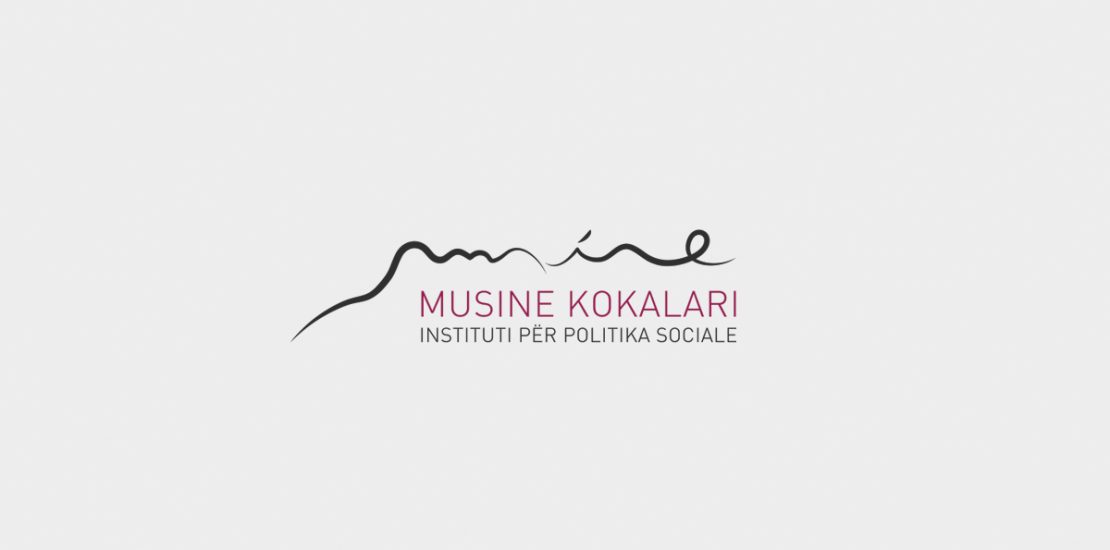Partner: Kosovo 2.0 & QIKA
Funded by: European Commission
Kosovo’s media landscape is characterized by a large number of outlets and a limited advertising market. Despite the dense population, the media scene lacks genuine representation of diverse voices. Local outlets, in particular, face historical challenges, including limited strategic development compared to nationally focused media, which receive more frequent support from international donors. Additionally, local businesses are increasingly reluctant to advertise locally, preferring social media or national platforms. This results in more media outlets being licensed than the market can accommodate.
Local media navigate a generally disempowering environment, making them especially vulnerable to threats against financial and editorial independence. They are pressured to generate revenue through sensationalized, inaccurate content or by aligning with local power centers.
This issue extends beyond local media to Kosovo’s overall media environment. Editorial policies are driven by two predominant forces. First, commercialization pressures lead to an overemphasis on trivial and popular content. This results in short, scandal-oriented, personality-based news and misleading information wrapped in sensationalism. Second, political and economic power centers influence media through deliberate politically driven attacks and defamation. Fact-based, verified, contextualized information has become rare, while tabloidization and politicization have become the norm.
Local media, in particular, face size constraints that hinder the growth of human capital in marketing, business development, and project management. These constraints limit opportunities for investigative journalism and fail to meet the citizens’ demand for insightful local news. Factors such as low staff retention due to poor working conditions and limited strategic development contribute to a vicious cycle, fueling polarization, information disorder, and neglect of marginalized groups, including youth, women, and minorities. More broadly, these issues define Kosovo’s media environment as a whole.

